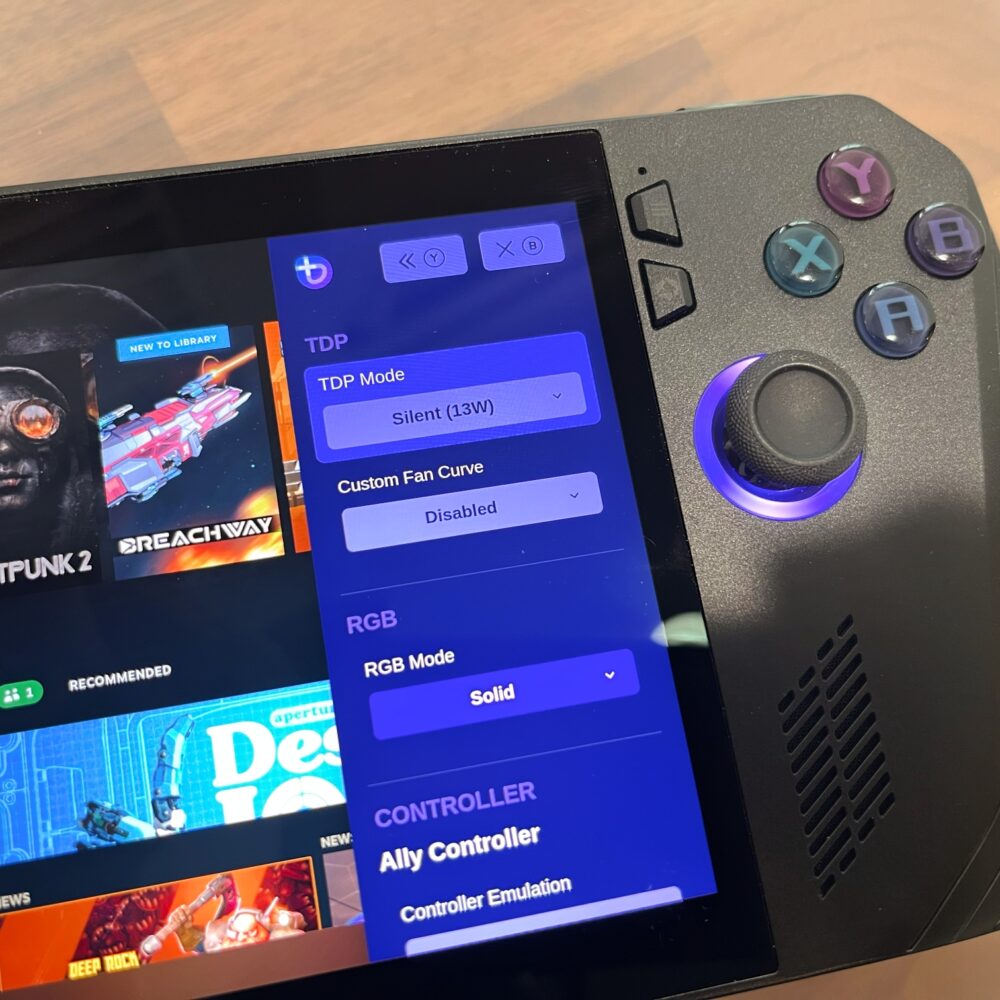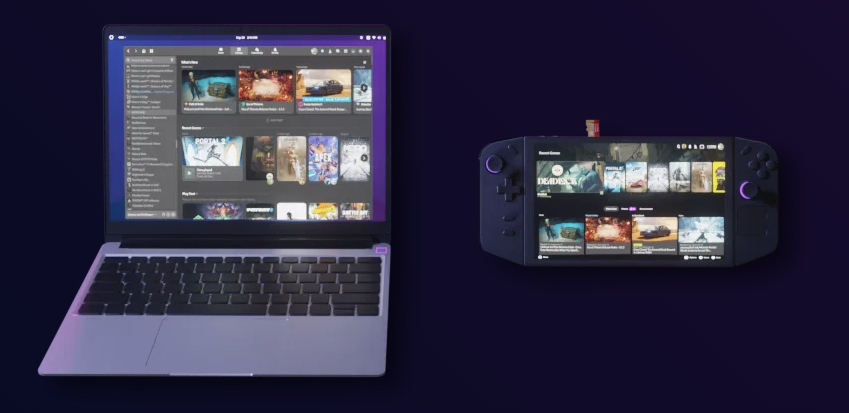Worth the Thumb Drive Hunt: Reviving Handheld Gaming with Bazzite
Bazzite emerges as the next best alternative to SteamOS while we await further developments from Valve. With a focus on enhancing the gaming experience, Bazzite provides an easy solution to install, update, and game without the usual hassles associated with handheld gaming setups.
 Experience a new realm of handheld gaming with Bazzite.
Experience a new realm of handheld gaming with Bazzite.
During a recent vacation, where days were blissfully unstructured, I took along the ROG Ally X. With the review behind me and Windows still pulling at my patience, I ventured into the DIY landscape and discovered the transformative potential of Bazzite. After navigating the typical Linux setup hurdles—activate the BIOS shortcut, disable Secure Boot, and partition my drives—I finally experienced the seamless integration of a Steam Deck-like interface on my more potent handheld device. Since implementing Bazzite, there’s been no need for extensive setups like connecting to a monitor or keyboard; all that exists is a pristine gaming experience.
Until Valve can officially roll out SteamOS for the ROG Ally and similar handhelds, Bazzite stands out as a worthy option for gamers feeling that their devices might benefit from revitalization.
 Bazzite opening possibilities for interchangeable game platforms.
Bazzite opening possibilities for interchangeable game platforms.
One of the alluring aspects of Bazzite is its capability to allow users to transfer an SD card filled with games across any two devices running the system—an enticing prospect for gamers like myself looking for flexibility.
Diversifying Platforms and Customization
Bazzite brings an array of specific features catered to the ROG Ally X, accompanied by the Ubuntu-based Linux desktop, opting for Fedora rather than Arch. It resembles SteamOS but is arguably superior, particularly for those eager to integrate non-Steam titles. Within Bazzite, users will find built-in applications like Lutris, Heroic, and Junk Store, which are popular among Steam Deck aficionados for introducing games from various platforms such as Epic, GOG, Itch.io, and others, including some rigged Windows-only launchers.
For those hesitant to abandon Windows entirely, there’s good news: on a handheld such as the ROG Ally X equipped with 1TB of storage, a dual-boot setup with Bazzite and Windows is feasible with careful partition management. However, it’s vital to back up game saves prior to venturing into this territory—guides exist to smooth the learning curve.
The customization potential is remarkable; each manufacturer has its own method for capturing movement signals, further complicated by Steam’s determination to safeguard its ecosystem with unique input tools. The translation across buttons, sticks, and gyroscopic movements presents a challenge, yet Bazzite’s work on the ROG Ally and Ally X showcases impressive results. The Bazzite desktop extends its reach to various devices, including the Lenovo Legion Go, handhelds from Ayaneo and GPD, and, if you’re keen for experimentation, even the Steam Deck itself.
This innovation is largely supported by Fedora’s Universal Blue project, providing adaptable, container-friendly, OSTree-based images of Fedora, suitable for various remixes.
While the outcome of your Linux installation may vary, for fully supported devices, results are promising and generally stable. Bazzite shines as a prime example of how ingenuity in the gaming community can breathe new life into existing handhelds, positioning players closer to their ideal portable gaming experience.
In conclusion, Bazzite not only enhances the user interfaces of handheld devices but also fosters an open and engaging environment wherein gamers can explore more gaming possibilities than ever before. If you’re looking to elevate your handheld gaming experience, Bazzite is certainly worth considering.
With great care and some effort, your handheld might just transform into the device of your dreams.














